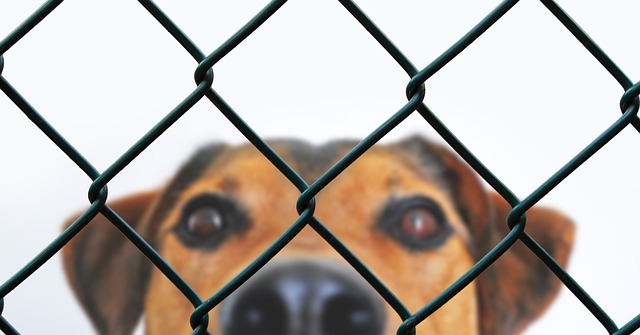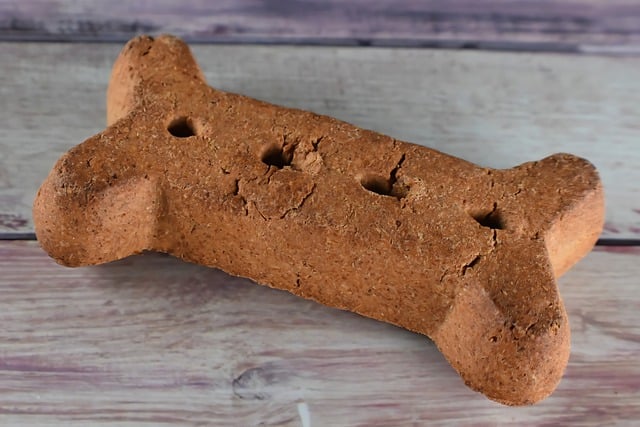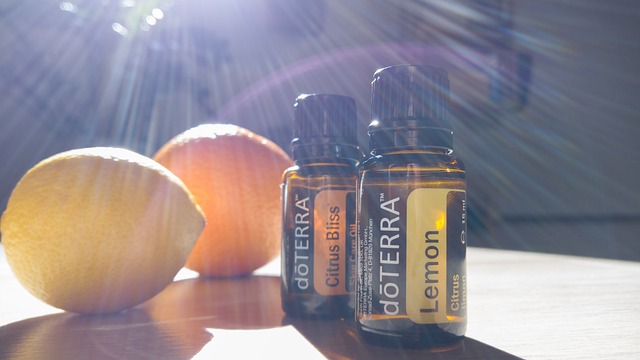If you’re looking for ways to reduce your environmental impact, one area where you can make a big difference is by taking eco friendly steps when caring for your pet. Pets can have a significant ecological impact, so it’s important to do what we can to mitigate that. In this blog post, we’ll look at some tips and tricks for being an eco friendly pet owner!

Adopt from a shelter
Did you know that every day, 10,000 people are born in the United States—and 70,000 puppies and kittens are born? Despite the fact that there aren’t enough homes for all of these pets! As a consequence, about 2.7 million healthy adoptable cats and dogs—approximately one every 11 seconds—are killed in US shelters each year.
Imagine how many resources—food, toys, medical attention, and volunteer labor—are freed up by adopting just one animal from a shelter. These resources would be massively conserved if more individuals adopted pets from shelters.
Spay or Neuter Your Pets
More than 70,000 puppies and kittens are born every day in the United States alone. The vast majority of them end up in shelters or are abandoned to fend for themselves or die. Spaying or neutering your pet can help reduce this number:
If more people spayed and neutered their pets, we could reduce the number of animals in shelters, as well as the number of animals euthanized each year. This would also help to reduce animal abuse overall.
It is one of the most powerful antioxidants known to humans. It is also beneficial for your skin, hair, and nails. It has several health advantages, including a substantial reduction in cancer incidence.
Preserves a lot of food, energy, and resources that would otherwise go to feed and maintain them in a shelter. Saves youngsters from the trauma and maltreatment they frequently encounter before reaching a shelter.
Care for your pet with sustainable products
Join the animal-loving trend by investing in pet care items that are earth-friendly! Sustainably sourced grooming and food products make a big impact. Did you know that often, pet food bags and kitty litter containers can be recycled or made of recyclable materials? Also, whenever Fido does his business outdoors, scoop it up using a bag that will decompose over time.
Beware of toxic flea and tick prevention products
Many common flea and tick preventatives have harmful chemicals. The most dangerous ingredients, according to the NRDC, are tetrachlorvinphos and propoxur. You should also avoid amitraz and permethrin. Always read product instructions thoroughly before using any treatment on your pet or in your home, and make sure to wear disposable gloves while doing so.
If you must use topical medicines, ask about those that include plant-based components or less hazardous chemicals, such as s-methoprene or pyriproxyfen.
The NRDC warns against using “natural” materials for pest control, such as rosemary oil, cedarwood, or peppermint. Some plant and herb-based products have caused allergies in people and dogs. While these substances may be applied to the skin, they can also cause significant inflammation and even hazardous reactions if they are put directly on top of or near the nose and mouth.
Take steps to prevent fleas and ticks from infesting your pet. Bathe and groom your dog at least once a week, and use a fine-toothed comb on his coat regularly to get rid of fleas.
Machine-wash his bedding in hot water, frequently wipe down surfaces, and vacuum the floor and any soft furnishings often, tossing out the contents regularly.
Speaking of dog (and cat) poop, compost it!
It’s not natural fertilizer, to be precise. In fact, animal feces might be a source of pollution to surrounding water supplies. It is also incorrect. Wondering about the best way to dispose of Fido’s feces? You have a few options: compost it (but not if you plan on using the compost for edible plants!), flush it down the toilet in biodegradable bags–just check with your water treatment center first. For more information about earth-friendly methods for disposing of dog poop, click here.

DIY your dog and cat treats
By making your pet’s snacks at home, you could save money and help reduce wasteful packaging. Plus, you can rest easy knowing exactly what ingredients are going into their food. Check out some animal-friendly biscuit recipes online or get creative with people’s foods that are safe for pets. Chicken, beef, salmon, and dairy products are examples of things that are typically safe for both dogs and cats to consume. As always, moderation is essential, so talk to your veterinarian before giving your dog or cat anything new.
Feed your pets sustainable food
It’s easy to find canned food that is sourced responsibly and includes healthy ingredients. By buying such products, you’re also aiding a healthier pet and planet! Open Farm and Wellness TruFood, for example, promote recycling through TerraCycle, a firm that links businesses with consumers to lower their carbon footprint by finding innovative ways to recycle non-recyclable waste.
Play with environmentally-conscious toys
Unfortunately, our planet is deteriorating because we contribute to pollution. Worry not, though! You can still play with your pets and prevent any more damage by investing in eco-friendly toys or making your own out of sustainable materials. If you’re feeling extra thrifty one day, go through your old things and see if there’s anything safe laying around that you could use as a toy for them (like an old ball or T-shirt).
Repurposing items will save money AND help the environment – it’s a win-win! You may also give it a shot with your own; aluminum foil balls or paper towel rolls are easy to entertain cats. Our feline companions are simple to content, as long as we adore them since they were made for our pleasure.
Use non-toxic pet shampoo
Your pet will not only feel better but also be less likely to have skin irritations from using organic and natural shampoo during their baths. You should make sure it is non-toxic and free of dyes and parabens — not just for your pet’s sake, but also because it limits the number of chemicals that end up in the environment. Because many firms promote their goods as “all-natural,” doing your homework or asking your veterinarian first is a good idea.
Limit plastic toys, or choose toys made of recyclable materials
Plastic pet toys can end up in the garbage or landfills, where they’ll never decompose, if you have a particularly energetic pet who chews and destroys them. Instead of using plastic toys, consider buying ones that are made from recyclable materials or natural fibers. Here are some companies that create eco-friendly pet toys. Their materials are durable, non-toxic, recyclable plastic or sustainable fabric like hemp and certified recycled materials.

Use Natural Cleaning Supplies
We can’t always prevent the messes made by animals and pets. We can, however, consciously influence how we clean up. Whether it’s regurgitated food or urine, these canine partners may occasionally create a lot of fuss.
Instead of using harsh chemicals to clean, why not try natural cleaners? Toxic chemicals may be absorbed by your carpets, sofas, and other pieces of furniture. Pets can also acquire these because of their ingestion. Not only that, but the tissues you use to clean with these substances might wind up in the environment as well.
Some of the store-bought cleaning solutions include a lot of hazardous chemicals and materials. They may also be rather pricey. One of the most effective strategies to avoid these compounds is to utilize goods made at home.
Cleaning supplies such as lemon, vinegar, and baking soda are popular choices among consumers because they’re free of harmful chemicals and toxins. The use of such products is also beneficial to a long-term lifestyle since it’s simple to use and safe for the entire family.
